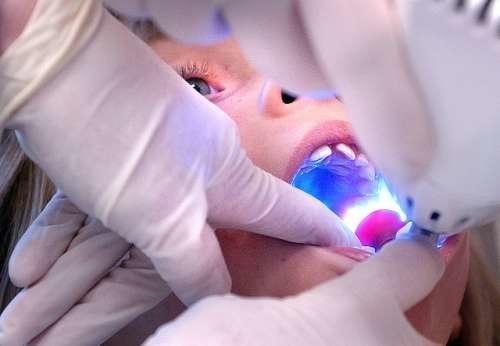Dental Sealants May Present BPA in Saliva

Dental fillings for children were worrisome because of the presence of mercury in the amalgam. The latest addition to this fear is the chemical Bisphenol-A (BPA) in dental sealants and white fillings. BPA is a resin used in plastics, including water bottles and metal food can liners. Many studies have pointed to the harmful effects of BPA, especially in child development.
Although dental sealants and fillings do not contain BPA, they contain ingredients that form BPA on contact with saliva. Abby F. Fleisch, MD, pediatric endocrinologist, conducted a review of scientific papers to see whether the formation of BPA in the mouth can have any harmful effect. The study came out with two major conclusions and was published in the journal, Pediatrics.
- BPA is formed in contact with saliva, and the presence of this compound can be seen in the saliva three hours after the dental work. But whether this poses a risk to the health is not clear.
- Quick wipe and rinse of the mouth after the dental work can decrease the risk considerably.
According to Fleisch the preventive benefits of the sealants outweighs the risks associated with it. So, until an alternative compound is found it is better to continue using these products. But whenever one is going for a dental work, precautionary measure should be taken.
It is not clear whether there are any BPA-free brands available. Further many products contain little-studied compounds like triethylene glycol dimethacrylate (TEGDMA) and urethane dimethacrylate. The health risks associated with these compounds are not known.
Fortunately it is possible to remove 88% to 95% of the compounds that can form BPA by scrubbing and rinsing the sealants and fillings after the dental work. Pediatric dentist Dorota Kopycka-Kedzierawski, DDS, MPH, associate professor at the University of Rochester's Eastman Institute for Oral Health, says that this precautionary measure is very simple. According to him, it is something that we can do to keep the children safe and if one can spend 30 minutes to fill the tooth, 30 seconds of scrubbing is not very hard to do, he adds.










